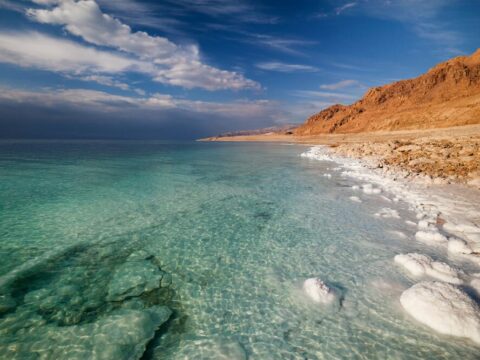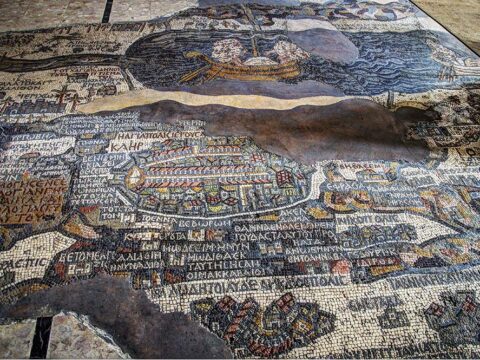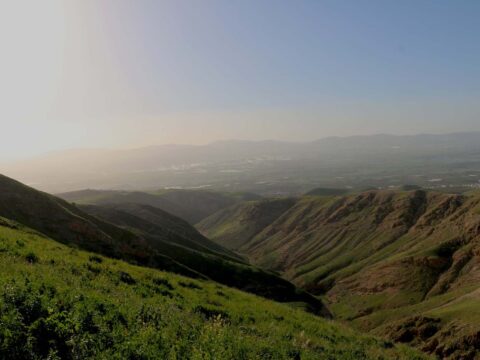- Have any questions?
- +962 6 5862288
- info@hashweh.com
Mount Nebo
(Means: Mount of Prophesies) is called KHIRABET AL MEKHAIYAT (Arabic for Ruins of the Little Needle). The Scriptural references are (Numbers 32:3, 38); (Ezra 2:29); (Isaiah 15:2) and (Jeremiah 48:1, 22). In Byzantine times three churches, a chapel and a monastery were built in the sixth century. Today, ruins of these churches remain, containing very nice mosaics. (Jebel Nebo -Arabic for Mount Nebo) also called Mount Pisgah, was later named Siyagha (Aramaic for Monastery). Its references are (Num. 21 :20, 33:47); (Deut. 3:17, 27, 4:49, 32:49); (Joshua 12:3, 13:20). Another Biblical name was Mountain of Abarim and found in (Num. 27:12, 33:47-48); (Deut. 32:49). This is the mountain range in which Nebo and Pisgah are two of its peaks.
Traditional spot where Moses was buried after his spectacular view of the Promised Land (Deuteronomy 34:l-6; Jude 9). On a clear day before modern machinery pollution, he not only saw the hills around Jerusalem, the plains of Jazreel, Mount Herman’s peak, but he could have seen the midst over the Mediterranean coast. In Byzantine times a monastery with a triple apse church was built in the sixth century. Many pilgrims visited the site and wrote of their experiences (Egeria, Peter the Iberian, the Piacenza Pilgrim, etc.).
In Modern times Franciscan monks re-occupied the mount in 1932 and restored the Byzantine church and excavated the area. Today a beautiful view of the Jordan valley and the western heights can be seen. The mosaics of the Byzantine church are well preserved and some of the best available in the world.







